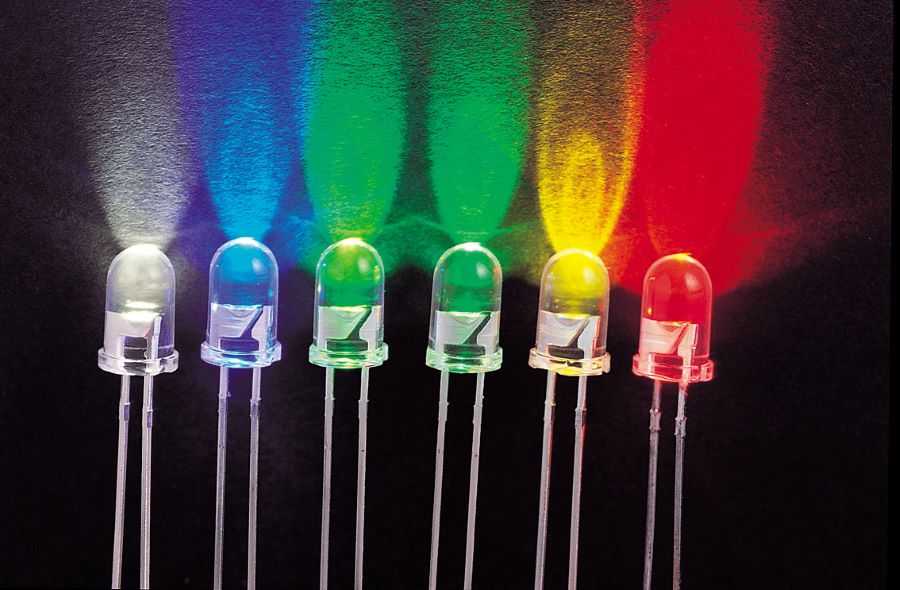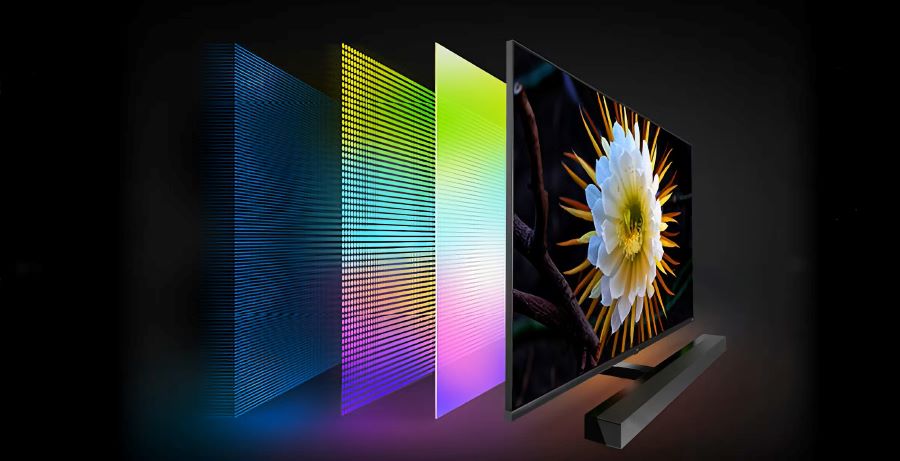LED and OLED are both common light source technologies used in displays and other electronic devices. They each have advantages and disadvantages and are used in different applications. This article compares the technical principles, advantages and disadvantages, and applications of LED and OLED.

Technical Principles
LED stands for Light Emitting Diode and is a semiconductor light-emitting device. When current passes through an LED, electrons and holes recombine in the semiconductor material, releasing photons of light.LEDs can emit various colors of light, including red, green, blue and white.
OLED stands for Organic Light Emitting Diode and is a light source technology based on organic materials.An OLED consists of a layer of organic material sandwiched between two layers of electrodes. When an electric current is passed through an OLED, the organic material emits light. OLEDs can emit light in a variety of colors, including red, green, blue, and white.
Advantages and Disadvantages
The advantages of LEDs include:
High efficiency: LEDs emit light much more efficiently than traditional light source technologies such as fluorescent and cold cathode lamps.
Long life: LEDs have a much longer life than traditional light source technologies.
Small size: LEDs can be made very small, making them suitable for use in small displays and other electronic devices.
Disadvantages of LEDs include:
High price: LEDs are more expensive than traditional light source technologies.
Uneven brightness: The brightness of LEDs can be uneven in different areas, resulting in poor displays.

Advantages of OLEDs include:
High Contrast: OLEDs have a high contrast ratio and can display deep blacks and vibrant colors.
Fast Response: OLEDs have a fast response time and can display smooth, dynamic images.
Bendable: OLEDs can be made into bendable displays for wearable devices and other applications.
Disadvantages of OLEDs include:
Lower efficiency: OLEDs emit light less efficiently than LEDs.
Short lifespan: OLEDs have a shorter lifespan than LEDs.
High price: OLEDs are more expensive than LEDs.
Application
Both LED and OLED are widely used in displays and other electronic devices. LEDs are commonly used in TVs, monitors, tablets, cell phones, etc. OLEDs are commonly used in TVs, monitors, cell phones, etc. The choice between LEDs and OLEDs depends on the application.
The choice between LEDs and OLEDs depends on the specific needs of the application. For applications requiring high efficiency, long life and low cost, LEDs are the better choice. For applications that require high contrast, fast response time and bendability, OLED is the better choice.
LED Lighting Company-Shenzhen TUBU Technology Co., Ltd.
Shenzhen TUBU Technology Co., Ltd. is an advanced LED technology company focusing on the development and manufacturing of high-performance LED lighting solutions. Established in 2014, TUBU has become a leading provider of LED industrial lighting, agricultural lighting, and marine lighting products.
TUBU's products are widely used in various applications, including warehouses, factories, sports halls, car parking lots, workshops, stations, and agricultural greenhouses. The company's commitment to innovation and quality has earned it a reputation for excellence in the LED lighting industry.
TUBU's core products include:
LED High Bay Lights: These high-performance lights are designed for industrial and commercial applications, providing high-intensity illumination for large spaces.
LED Tri-proof Lights: These durable and versatile lights are ideal for harsh environments, such as factories, warehouses, and workshops.
LED Grow Lights: These specialized lights are designed to promote healthy plant growth and increase yields in agricultural settings.
LED Marine Searchlights: These powerful lights are used for navigation, search, and rescue operations in marine environments.
TUBU is committed to providing its customers with high-quality products, competitive prices, and excellent customer service. The company's products are CE, RoHS, and UL certified, ensuring compliance with international safety standards.
With its strong focus on innovation and quality, TUBU is well-positioned to continue its growth and leadership in the LED lighting industry.
In today's market, LED flood lights have become a popular choice for outdoor lighting due to their energy efficiency, long lifespan, and
In traditional agriculture, sunlight is the only source of light for plant growth. However, with the rise of modern agriculture and indoor
In the realm of indoor agriculture and horticulture, LED grow lights have emerged as indispensable tools, revolutionizing the way we cultivate plants.
In today's highly competitive indoor grow lighting market, consumers are increasingly demanding quality and safety. If you want to stand out in
How can TUBU help you seize the high ground of photosynthetic economy?Under the double pressure of climate change and food security, global
In the field of plant lighting, the innovation of LED technology is profoundly changing the cultivation mode of modern agriculture. As a
